Planet Nine: Is the Hunt for This Elusive World Almost Over?
The hunt for any clues of the hypothetical ninth planet beyond Neptune has been going on for almost a decade with no success. However, there is still hope as various professionals are predicting that in the near future we might see a major advancement.
Somewhere in the outer space which is better known to man as the outskirts of the solar system where the sun would look just simply like any other star, there might be a huge and frigid heavenly object hiding itself and waiting to be discovered by man. This is a planet that has been shrouded in mystery for decades and unlocked planet may finally be unveiled soon with the help of an advanced telescope that is set to scan the skies starting from next year.
Traditionally, the solar system has been recognized to consist of eight official planets: The eight major planets are Mercury, Venus, Earth, Mars, Jupiter, Saturn, Uranus, and Neptune. However, in recent years, theorists have hypothesized about an actual ninth planet which is called Planet Nine residing at the outskirts of the solar system.
It necessary to indicate that this hypothetical planet is not Pluto, which was officially demoted for the status of a planet in 2006 being referred to as a ‘dwarf planet’. However, being unable to observe this planet, the researchers speculate that Planet Nine is a significant gaseous or icy planet located billions of miles away from the Solar system planets. However, assuming that it does exist, it could transform how we understand the formation of the solar system and its development.
“It’s really difficult to explain the solar system without Planet Nine,” Mike Brown, an astronomer at Caltech who proposed the Planet Nine hypothesis along with a colleague, told Live Science. “But there’s no way to be 100% sure [it exists] until you see it.”
The Planet Nine hypothesis
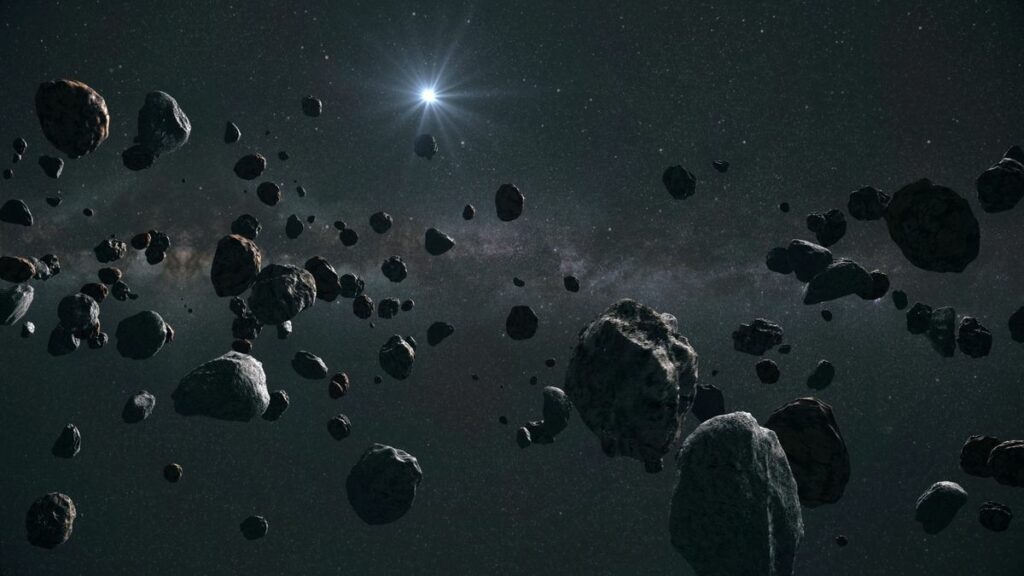
It is important to note that the idea of possibility of a ninth planet in the solar system arose after the discovery of Uranus in the end of the XVIII century and Neptune in the middle of the XIX century, while earlier the Babylonians already noticed the existence of other planets thousands of years ago. These results broaden the solar system’s size estimates and make new planets a probability crucial for interstellar travel.
With the new classification relegating Pluto to the status of a dwarf planet, there has not been any other fully accredited planets beyond Neptune or the Kuiper Belt, a belt of asteroids, comets and dwarf planet that is located beyond the orbit of Neptune. Given that astronomers persisted in surveying the outer solar system, it would tacitly appear that a large planet was not simply a matter of misunderstood perception.
However, a landmark development happened in 2004 when scientists identified Sedna a celestial, an object that is beyond the Kuiper belt that actually orbits the sun at a very different angle. This bizarre path suggested the existence of another massive body that was pulling Sedna through the focal force of gravity. However, unless other pieces of information were collected, this hypothesis might prove difficult to substantiate.
Astronomers in 2014 announced that they had found a smaller body known as 2012 VP113 in the region of the Kuiper belt. C uber fro m Sedna’s orbit and more eccentric trans-Neptunian objects (TNOs) were expected to be detected.
These findings did not go unnoticed by Brown and Batygin, astronomers from the California Institute of Technology. They noted that both Sedna and 2012 VP113 has an oddity in their orbits where they have inclination outside the average as used by the planets in the solar systems. This shared anomaly suggests an exterior force, possibly an asteroid cluster, a dwarf planet or even a recognisable planet does exist and effect gravity on these structures.
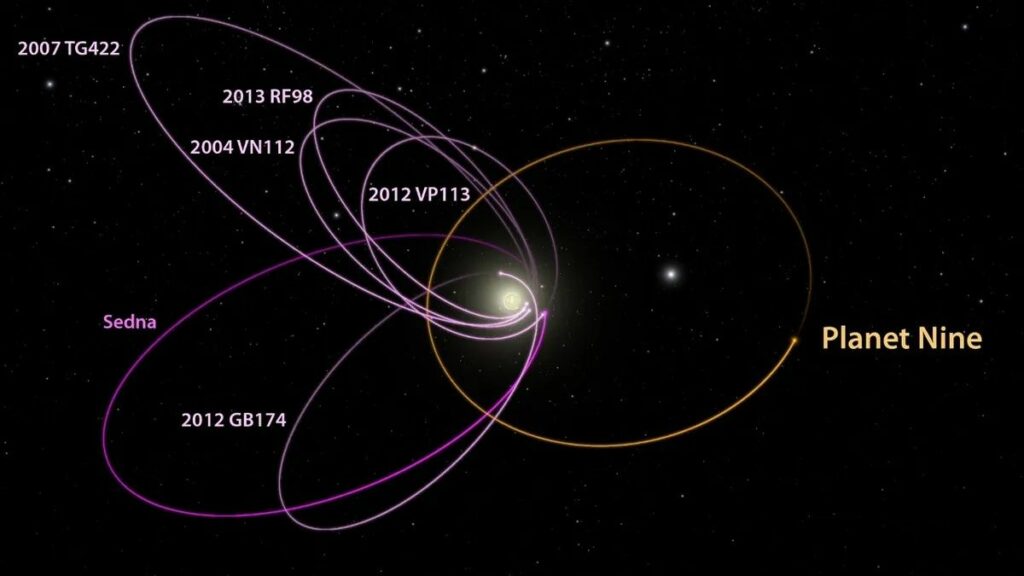
“At the beginning, we didn’t say there was a planet because we thought that was a ridiculous thing for there to be,” Brown, who also co-discovered Sedna and was instrumental in Pluto’s planetary demotion, told Live Science. “But we tried a lot of different things to explain what we were seeing, and nothing else worked.”
Even after the pair realized a ninth planet was possible, they decided to sit on their findings until they could come up with another, less-controversial explanation. However, they then found four more TNOs with matching, misshaped orbits, which suddenly made a missing planet look like the most logical explanation.
At the time, the duo calculated that there was just a 2% chance that all six TNOs they had studied shared their orbital oddities thanks to random chance. “And as soon as you see that, you’re like, ‘Oh crap, there’s a planet there,'” Brown said.
So, in 2016, Brown and Batygin published their “Planet Nine hypothesis,” which has captured the public’s imagination ever since.
Filling in the gaps
Brown, Batygin and their team have been actively looking for Planet Nine since 2016. Although they have not found it yet they have found an additional 13 unusual TNOs thus strengthening the case for Planet Nine.
These new discoveries have made it possible to further define the potential size, how far it is from the sun and the path it takes in the outer space that is the solar system.
From Brown’s estimation, the mass of Planet Nine is likely to be seven times that of Earth, ranking it as the fifth most massive planet in the solar system. Its composition is believed to be like Neptune because it is located distant from the sun with a diameter that is twice that of the earth.
If it exists, Planet Nine would be on average 500 AU from the sun and could take 5,000 to 10,000 years to orbit the sun. Due to its highly elliptical orbit and trajectory, it is not easy to discover the planet within the solar system.
Nonetheless, Brown and Batygin continue to argue that Planet Nine formed with other planets in the solar system even if it could be a rogue planet.
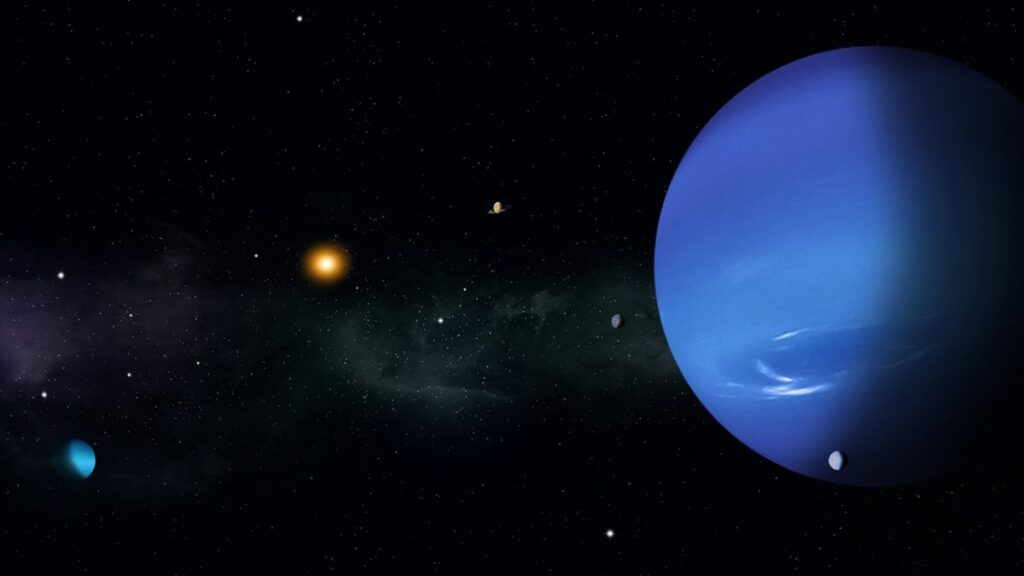
Is it really out there?
Some astronomical scientists feel excited and hopeful about the chances of the existence of an object like planet nine. Alessandro Morbidelli of the Côte d’Azur Observatory in France, said there are indeed several indirect ways that point to the existence of, the Ninth. Yale University’s David Rabinowitz also agrees with those ideas stating that the concept of Planet Nine is the best guess with regards to eccentric TNOs discoveries.
However, there are some skeptics like Sean Raymond from the Bordeaux Astrophysics Laboratory who doubts about existence of Planet Nine. Some skeptics challenge the existence of the dragon by suggesting other possibilities, for instance, presence of a baby black hole or a giant disk of dust may lead to the gravitational effects as observed. A science writer from the University of Regina in Canada, named Samantha Lawler disputes that the peculiarities of TNOs’ movement could be explained by the existence of Planet Nine rather than observational selection effect.
“I am as confident as you can possibly be [that Planet Nine exists] until you actually find it,” Brown said.
Why haven’t we found it?
Therefore, if Planet Nine exists, why has it not been detected until now?
The short answer is that the hidden planet is ‘very, very far away,’ Brown said. Light reflected off the planet would by now be extremely faint having crossed most of the solar system (twice) and hence almost invisible.
At first, they also did not know where in the predicted orbit of the planet it was located. That means they have had to survey a vast area of the sky in an attempt to find this feeble object — like trying “to find a white whale in an ocean,” as Brown pointed out.
Related: What is the number of revolutions made by Earth (and the other planets) around the sun?
To date, investigators have scrutinized tens of thousands of images from various sky scans positioned along Planet Nine’s suggested orbit, seeking objects that shift position between frames, Brown explained.
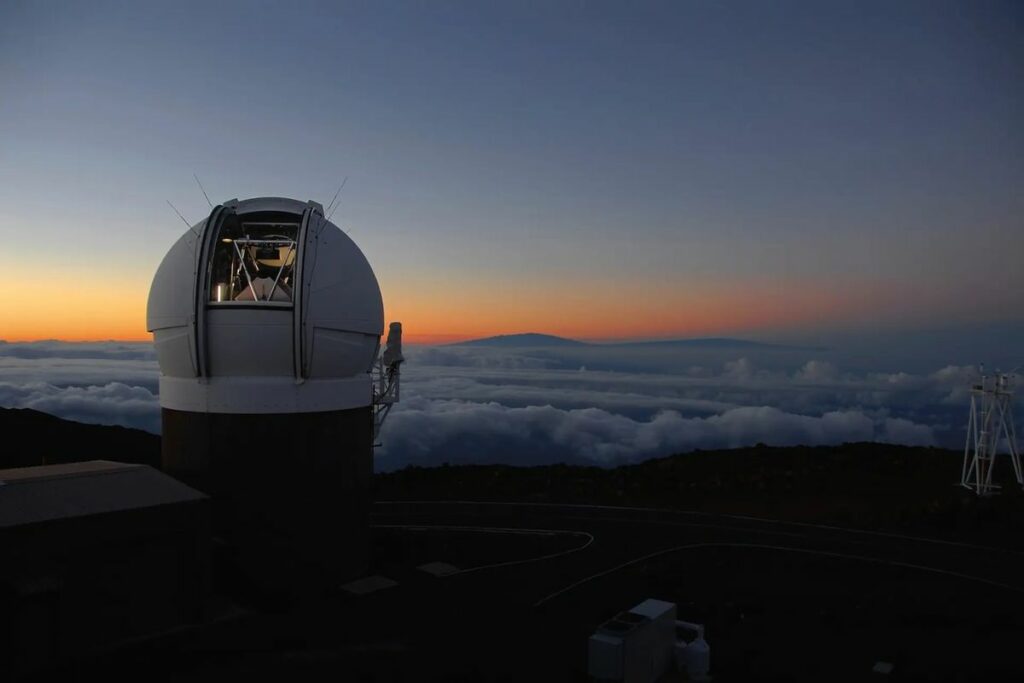
Unfortunately, the night sky is packed with dazzling and moving objects, including comets, so the disk contains a lot of unwanted information that the scientists have to sort through to find the planet, as Brown notes.
Specifically, in one of their most recent investigations, Brown and Batygin chose a very ‘pristine’ sample of objects from the Panoramic Survey Telescope and Rapid Response System (Pan-STARRS) at the Haleakala Observatory, Hawaii. Armed with that confidence, they were able to rule out roughly 78% of the suspected orbital path as potentially harboring Planetary body nine.
Therefore, the possible location of the Planet Nine has been calculated in the distance of its orbital path amounting to a specific 22 percent. However, instruments such as the Pan-STARRS telescope are incapable of probing this particular area of space due to the telescopes’ limited light-gathering capability.
When will we find it?
Since Planet Nine might be at the farthest point away from us in its orbit, we would need a telescope to capture it.
Brown and Batygin have already started collecting data from the Subaru Telescope in Hawaii which stands a better chance to find the planet than Pan-STARRS. But if this survey does not adequately address the need, they will look to the next generation survey telescope, the Vera C. Rubin Observatory, under construction in Chile now.
It is a ground-based telescope that will be fitted with the largest digital camera in the world and it will allow researchers to see deeper into the solar system than any previous telescope has let them, in the same way that the James Webb Space Telescope lets researchers look deeper into the observable universe.
It is planned that the observatory will start functioning in the end of 2025.
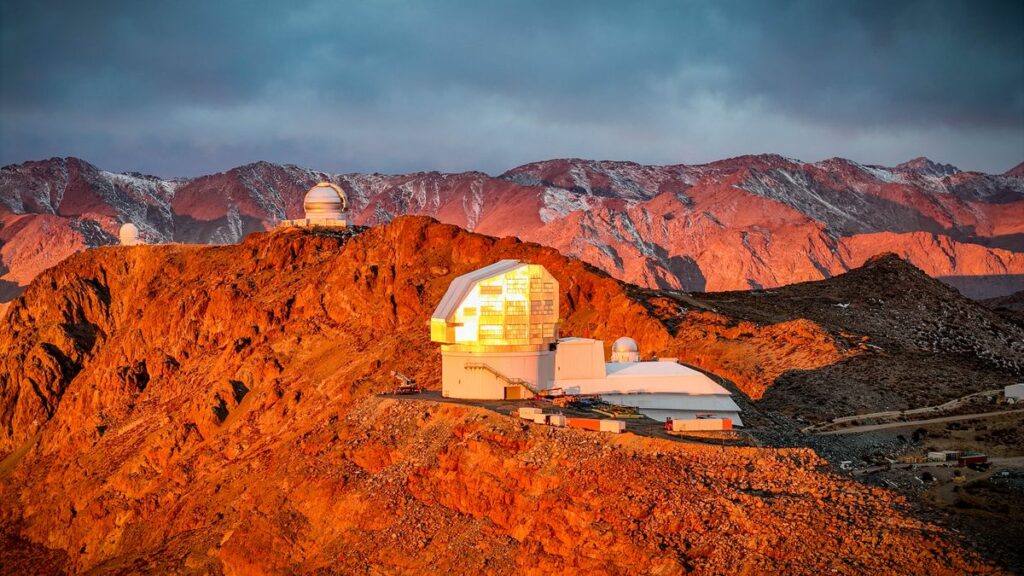
Brown pointed out that with the help of the new telescope, it should be possible to find Planet Nine within two years. But he also quipped that he has been using the same message since 2016.
Both Raymond and Rabinowitz pointed out that Planet Nine can be discovered in the next one year after Rubin Observatory starts operations. If the telescope cannot find the planet within the first few years, however, “then the hypothesis is pretty much dead,” Raymond said.
However, Morbidelli and Rabinowitz observed that the telescope may fail to locate the planet but it could locate other TNOs and, thus, prove or disprove the theory.
Why does Planet Nine matter?
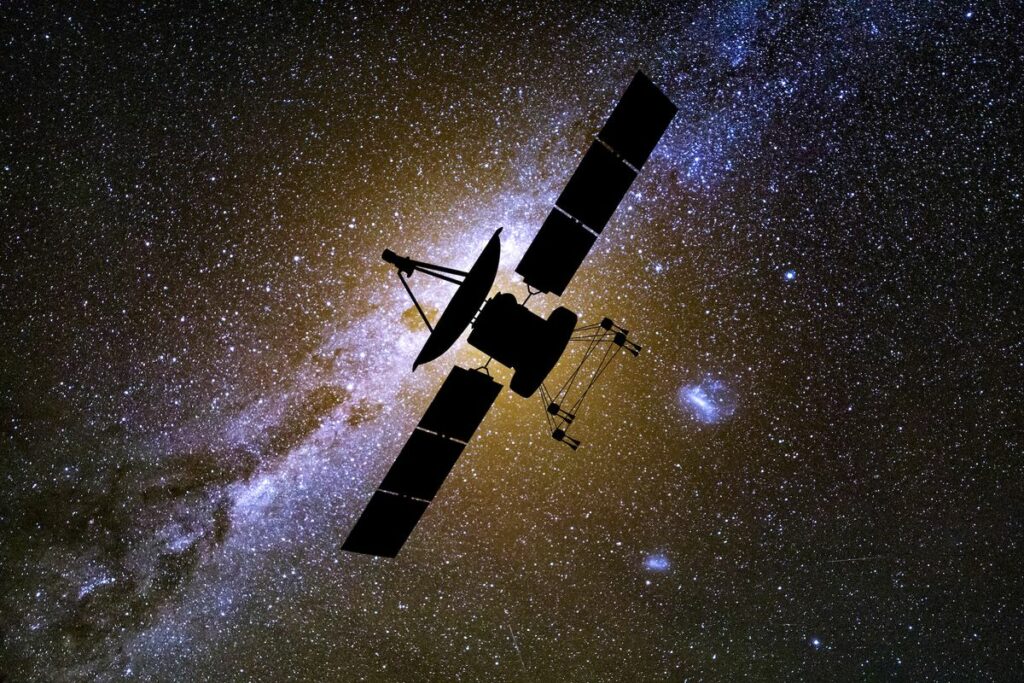
While debates about the existence of this mysterious world continue to rage among scientists, one thing is clear — if the world is found one day, it will become the greatest discovery of the solar system for the century.
That would be a find,” Raymond said, ‘A remarkable one!’He also noted that it would be ‘vast’ if true for the study of origins and evolution of the solar system.
Studying the planet could also help astronomers understand how such large planets form and evolve, according to Morbidelli. It would not only assist us in understanding some of the planets within our solar system, but also aid in the research of thousands of giant exoplanets orbiting distant stars.
If space agencies such as NASA launch probes to capture close shots of the planet they can also point out more about the formation of this solar system.
Thus, Brown noted: “It will have many intriguing features that will remain hidden if people take the time and effort to explore it. ”
Do not forget to share your opinion with us to provide you with the best posts !



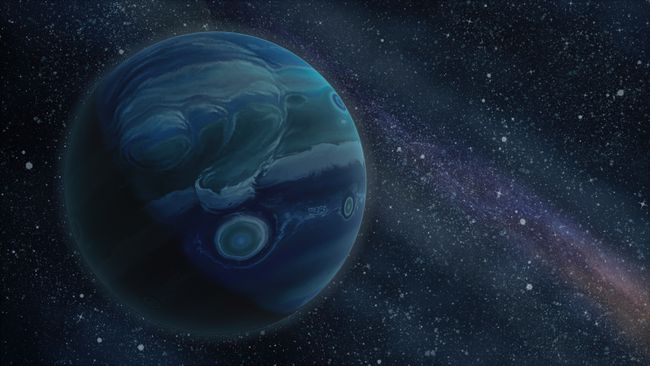
0 Comments